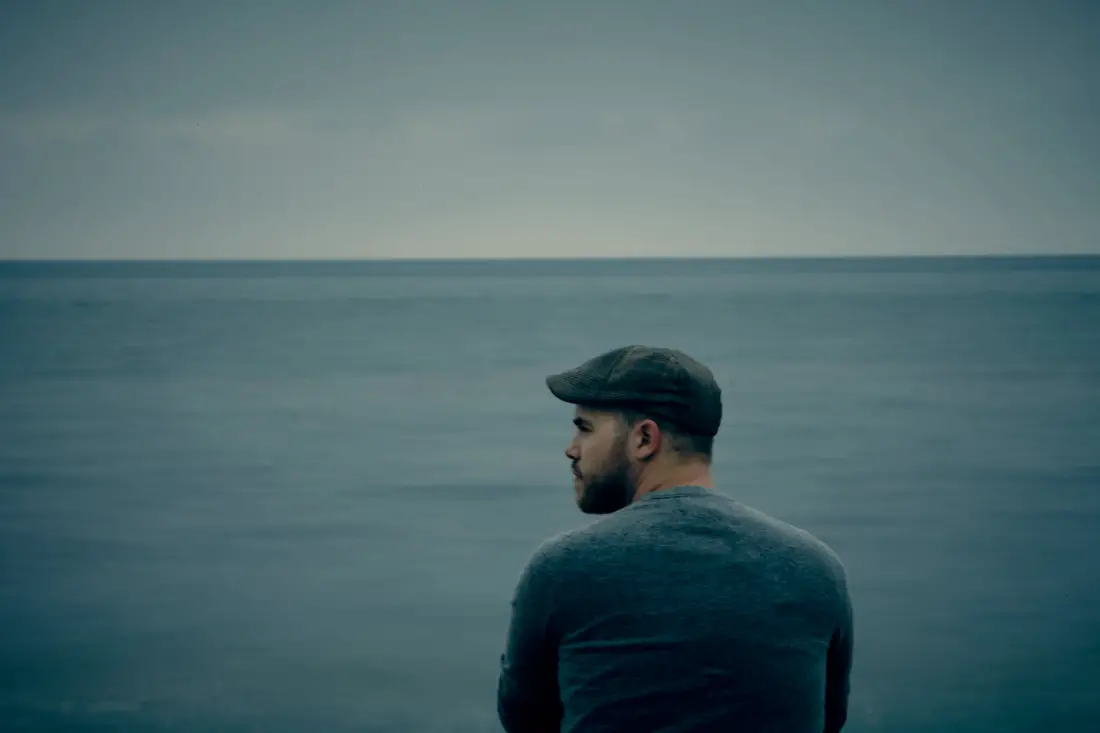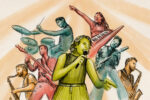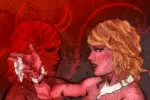Sleeping at Last — even the name of the artist sounds soothing, doesn’t it? The calming music of artist Ryan O’Neal, who performs as Sleeping at Last, is known for its ethereal melodies and introspectively provocative lyrics. As part of a long-term project, the Chicago-based musician has recently released a new song called “Six.”
https://www.instagram.com/p/Bmv2dQklE-K/?taken-by=sleepingatlast
Out of context, it’s a strange name for a song. “Six” is part of a larger album called “Atlas: Year Two,” which is divided into five themes: the enneagram, life, senses, emotions and intelligence. Each category is composed of several songs; life, for instance, includes the tracks “Life,” “Son” and “Daughter.”
O’Neal has been releasing the album song by song and has finished all but the enneagram section, which he is currently working on. The enneagram is a personality assessment that divides all personalities into nine general types, so he’s releasing a song for each type and has just dropped “Six.”
People don’t tend to fit into neat boxes, so the assessment allows for plenty of overlap between multiple types of personalities, each of which corresponds to a number and can be described by a name. For everyone, a dominant type tends to emerge: The Reformer, a one, might be known for their moral compass; The Individualist, a four, for their self-expression; or The Peacemaker, a nine, for their easygoing nature.
Type six, dubbed “The Loyalist,” has a committed nature that tends to take responsibility for the care of others and typically makes the most loyal friend. The basic fear of a six is being without support and guidance, and the basic desire is to have security.
The opening lyrics of “Six” describe the insecurities of The Loyalist’s mind: “I had the most vivid dream/my feet had left the ground/I was floating into heaven/but I could only look down … I woke up so worried/that the angels let go.”
The imagery paints a picture of the emotional battle that The Loyalist tends to face — the need to feel secure, wanting to make others feel the same way — while also nodding to the six’s tendency toward religious beliefs.
“I choose to believe/that I was made to become a sanctuary/fear won’t go away, but I can keep it at bay/these invisible walls just might keep us safe.” The heartbreakingly tender lyrics in “Six” highlight the protective nature of The Loyalist.
One of the purposes of music is to resonate with the listener. “Six,” along with the rest of the enneagram-type songs in “Atlas: Year Two,” seems to be made almost exclusively with that purpose in mind.
https://twitter.com/jennyrlucas/status/1031708184409518085
O’Neal has spent time researching and interviewing each of the personality types in order to create an accurate depiction of who they are. He consulted an enneagram expert, who he spoke with on his podcast, and explained that he wants his piece to feel like a big hug to type sixes.
A carefully composed piece, “Six” shines like a gem in the precious collection of “Atlas: Year Two.” The rest of the album still fits into the new age genre, and though it’s all done by O’Neal, each Sleeping at Last song has its own unique sound.
The interpretive lyrics of “Six” combine gracefully with the string and wind instruments used throughout the piece. Both have a dream-like quality. The track has a classic feel to it, like the strings at the opening of Etta James’ “At Last.” When the lyrics come in, the singer’s open, broken tenor voice adds a modern, empathetic quality that makes the song more relatable to the listener. The music and voice carry these contrasting tones throughout the song, but the lyrics jump between creating tension and comfort.
The juxtaposition places it in the new age music category, yet it also helps the piece stand out musically as a real work of art. The lyrics take the piece beyond a mere melody and on to a real labor of love for all type six listeners.
O’Neal’s long-term project started with “Atlas: Year One,” which described the universe at large. The album covered the topics of darkness and light, which “represented the unfathomable power that breathed life into the Universe and everything inside of it,” in O’Neal’s words. After finishing the album with space, land and ocean, O’Neal turned to the next stage of his thematic exploration: “Atlas: Year Two.”
“Year Two” discusses the experiences of humanity — family, heart, mind, life — with perceptive accuracy. O’Neal explained that “‘Atlas: Year Two‘ is all about Human Life. More particularly, it’s about involuntary human development — the basic foundation that the Human experience is built upon. The vital ingredients that we were born with.”
The last three songs of the album have yet to come out. Sleeping at Last will release them as singles to his subscribers as soon as they’re finished, then to Spotify and iTunes.
O’Neal has also worked on TV and film soundtracks. His music appeared in popular shows like “Grey’s Anatomy” and “Jane the Virgin,” as well as in the soundtrack for “The Twilight Saga: Breaking Dawn pt. 1.” Several of his pieces from “Atlas: Year One” and his “Covers” album have accentuated commercials and other TV series.
Sleeping at Last’s enneagram project has shown what an empathetic and heartfelt artist he is. “Six” stood out from the album with its old-fashioned feel, but it still fit in nicely through its awareness of its listeners. It strived to reach a certain audience, and the lyrics certainly reached out a hand to comfort them.

















